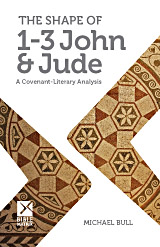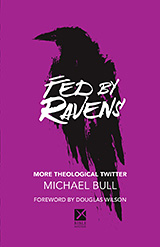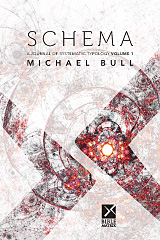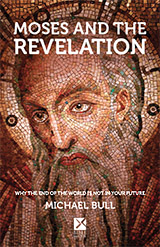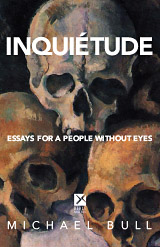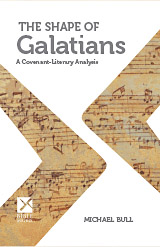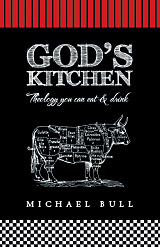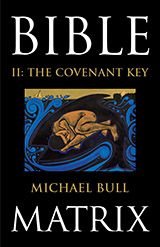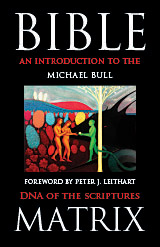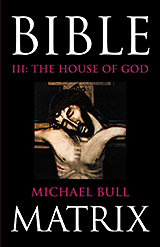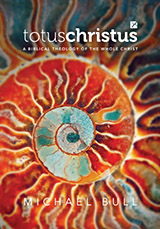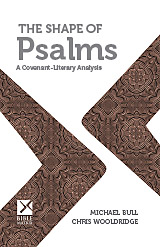Jun
29
2012
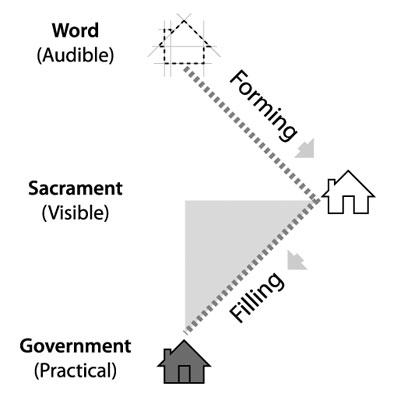
Come, you blessed of My Father … for I was hungry and you gave me food; I was thirsty and you have me drink; I was a stranger and you took Me in; I was naked and you clothed Me; I was sick and you visited Me; I was in prison and you came to me. (Mt. 25:34-36)
NOTE: THIS POST HAS BEEN REMIXED AND INCLUDED IN GOD’S KITCHEN.
In an affluent society, the debate between welfare and generosity gravitates towards cold, hard cash. But Jesus’ call goes beyond our bank balances into hearts and even, gasp, into our homes. Steve Wilkins writes:
You must be logged in to see the rest of this post.
Join now for a year for $15!
The love of the world is an abstraction, and one that is very easy to talk about. Anyone can say, “I love the poor,” and most of them can even be sincere. But they mean that they love the poor whom they do not know. They love the poor across town, who will never come to their door. They love the poor whom they will never touch.
Continue reading
5 comments | tags: Feasts, Hospitality, Steve Wilkins | posted in Bible Matrix, Ethics, Quotes
Jun
16
2012

A documentary on fractals showed a scientific team in a rainforest. Through careful measurement, they worked out that, when graphed, the ratio of branches to trees was the same as the ratio of trees to forest.
Continue reading
2 comments | tags: Feasts, Fractals, Literary Structure, Revelation | posted in Bible Matrix, Biblical Theology, Creation
May
11
2012
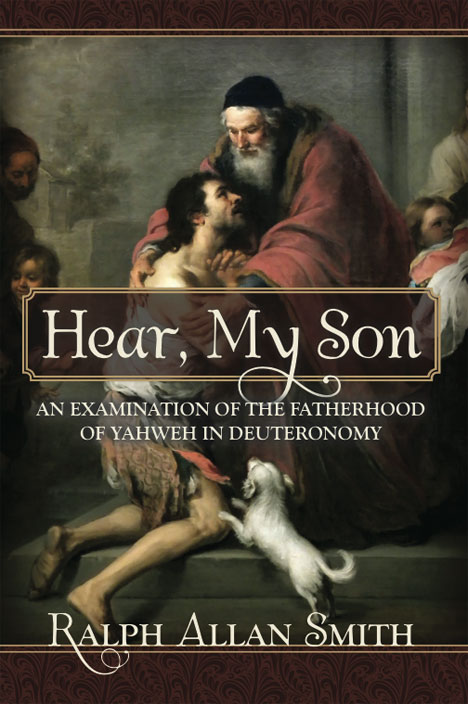
Jesus’ words in John 14:23 follow the blueprint for His work in God’s people in the 40 years between AD30 and AD70.
Continue reading
1 comment | tags: AD70, Feasts, John, Literary Structure, Ralph Smith | posted in Bible Matrix
Apr
12
2012
or The Liturgical Significance of Lot
 Part 1, The Architectural Significance of Lot’s Daughters, is here.
Part 1, The Architectural Significance of Lot’s Daughters, is here.
We’ve looked at the three-level Tabernacle structure in Genesis 19. That’s the rooms, and their doors, so what about the furniture?
The events follow the Bible Matrix, so an identification of how each step in the story fulfills the Creation Week might shed some light on the point of the details that the Spirit has included for us. And identifying how each step fulfills the Festal Calendar might also shed some light on the motivations of Lot and his daughters. The prefigurements of events nearly half a millennium in their future are breathtaking.
Continue reading
1 comment | tags: Abraham, AD70, Altar of the Abyss, Covenant curse, Feasts, Genesis, Literary Structure, Revelation, Sodom, Systematic typology, Tabernacle | posted in Bible Matrix, Biblical Theology, The Last Days
Apr
8
2012
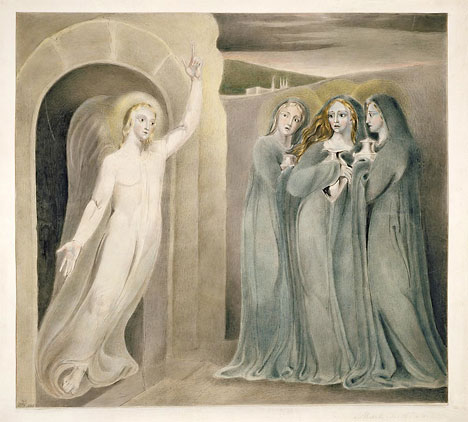 All the New Testament writers use the Bible Matrix. A possible application of the identification of literary structures is the solving of disputes over textual variants. I applied the matrix to Mark 16, where verses 9-20 are considered by many to be a later addition. Guess what?
All the New Testament writers use the Bible Matrix. A possible application of the identification of literary structures is the solving of disputes over textual variants. I applied the matrix to Mark 16, where verses 9-20 are considered by many to be a later addition. Guess what?
Continue reading
Comments Off | tags: Feasts, Literary Structure, Mark, Resurrection | posted in Bible Matrix, Biblical Theology
Mar
16
2012
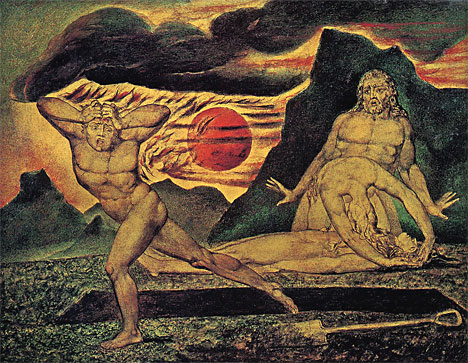 Douglas Wilson writes:
Douglas Wilson writes:
“What is the meaning of ”one is taken and the other left’? This is commonly thought to refer to the rapture — one taken up into heaven, and the other left on earth to kick himself for not praying the sinner’s prayer when he had a chance. On the bright side, there will be a lot of free, unmanned cars available” (Heaven Misplaced, p. 104).
Matthew 24 is a prediction of the Covenant curses falling upon Judah for the last time. One being taken and the other left has to do with displacement. Titus enslaved the best Jews and took them in ships to Egypt.
“And the Lord will take you back to Egypt in ships, by the way of which I said to you, ‘You shall never see it again.’ And there you shall be offered for sale to your enemies as male and female slaves, but no one will buy you.” (Deuteronomy 28:68)
It’s one thing to get the historical fulfilment correct, but there’s a whole lot more going on here. In His speech, as the fulfilment of Israel, Jesus is working through the Bible Matrix, a combination of the Creation week, the weekly and annual Feasts, and the process of Dominion. This means that He is using examples of all the previous historical Covenant structures to make His point. The Covenant cycle has snowballed through history and picked up a lot of events on its way.
Continue reading
1 comment | tags: Abel, Atonement, Cain, Covenant Theology, Deuteronomy, Doug Wilson, Esau, Feasts, Genesis, Jacob, Lamech, Literary Structure, Matthew, Systematic typology | posted in Against Hyperpreterism, Bible Matrix, Biblical Theology, The Last Days
Mar
5
2012
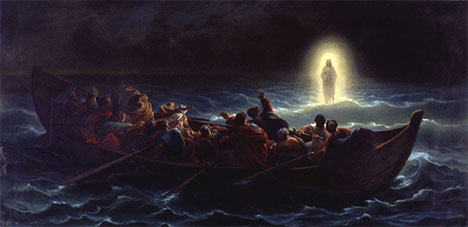
“…and they saw the God of Israel. And there was under His feet as it were a paved work of sapphire stone, and it was like the very heavens in its clarity. But on the nobles of the children of Israel He did not lay His hand.” (Exodus 24:10-11)
Well, I’ve been blustering on about art and “intuition” in generalities for about a week now. Fluffy generalities are exactly the kind of thing that annoys me about many Biblical scholars, and I reckon it annoys God, too. They never seem to get down to specifics, and He is very specific. This shows in His architecture, and also in His literary architecture. So, here, in a section of Matthew 14, is a chance for me to get specific and show you what is possible with this “killer hermeneutic.” [1]
After a brief look at the structure of this passage the other day, I thought I’d spend some more time on it. A closer analysis has revealed an even greater beauty than I expected. (I have briefly referenced the order of words in the Greek to avoid any great missteps, so it may not be perfect, but it’s close.) Much learning hath indeed made me mad but I hope you’ll take a few minutes to see this passage through my eyes.
Continue reading
Comments Off | tags: Atonement, Booths, Covenant curse, Covenant Theology, Feasts, High Priest, Laver, Literary Structure, Matthew, Moses, Tabernacle, Ten Commandments | posted in Against Hyperpreterism, Bible Matrix, Biblical Theology, The Last Days
Feb
8
2012
Atonement and Enthronement

“Jesus does what no medicine man
or witch doctor is able to do.”
And they came to Jesus and saw the demon-possessed man,
the one who had had the legion, sitting there,
clothed and in his right mind, and they were afraid. – Mark 5:15
Rich Bledsoe’s old blog is a goldmine. Here’s an excerpt from The Dysfunctional Family of the Gadarene Madman.
Continue reading
Comments Off | tags: Abel, AD70, Atonement, Cain, Circumcision, Edwin Friedman, Feasts, Genesis, James Jordan, Job, Matthew, Rene Girard, Revelation, Rich Bledsoe | posted in Biblical Theology, Quotes, The Last Days
Jan
28
2012

“For by one Spirit are we all baptized into one body,
whether we be Jews or Gentiles, whether we be bond or free;
and have been all made to drink into one Spirit.” 1 Cor. 12:13
On the BH forum, Michael Jones observed:
“If you look up the words for “drinking into” lexically (Strong’s), you come up with the idea of plants being irrigated and soaking up water through the roots. Is this somewhat valid? Are we like a bunch of trees around an oasis in the desert?” [1]
I believe that very often, the word choices of the biblical writers are hints to the literary structure — especially when their word choices are a little unexpected or ambiguous. This one isn’t unexpected, but perhaps that’s because we are so familiar with this passage. It really is an odd turn of phrase. Could the Bible Matrix shed any light on it?
Continue reading
Comments Off | tags: Baptism, Covenant Theology, Exodus, Feasts, Galatians, Literary Structure, Paul, Systematic typology, Tabernacle, Veil | posted in Bible Matrix, Biblical Theology
Jan
27
2012
or Riffing on Moses

The Lord’s name might not be mentioned explicitly in the book of Esther (though some scholars see it hidden in the text), but as literature it is riddled with riffs on the patterns found in the Law and the Prophets. We don’t see it because we don’t interpret “musically,” that is, looking for recurring themes. [1]
Continue reading
Comments Off | tags: Covenant Theology, Deuteronomy, Esther, Feasts, James Jordan, Literary Structure | posted in Bible Matrix, Biblical Theology, The Restoration Era











